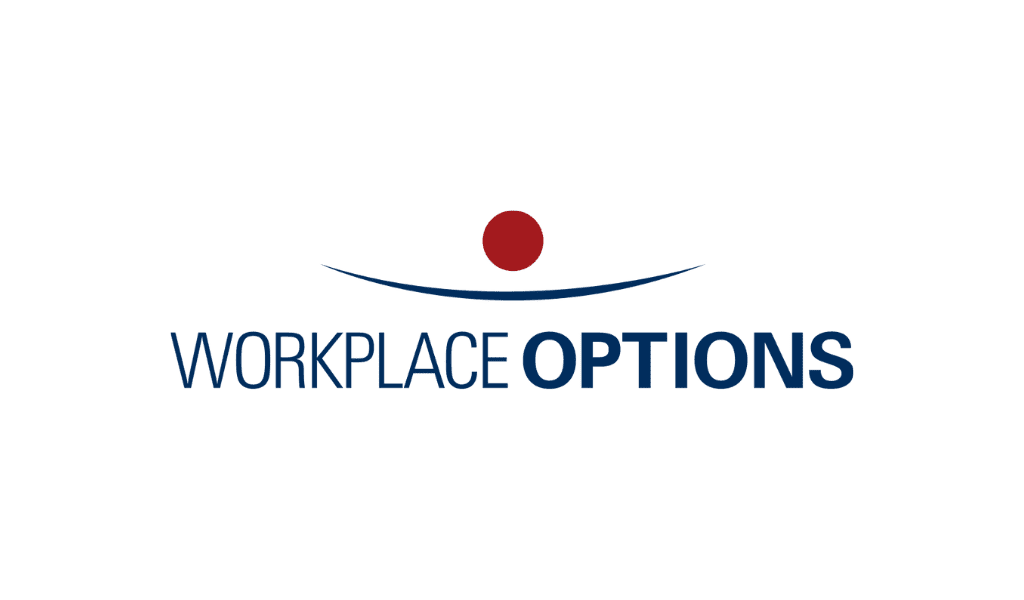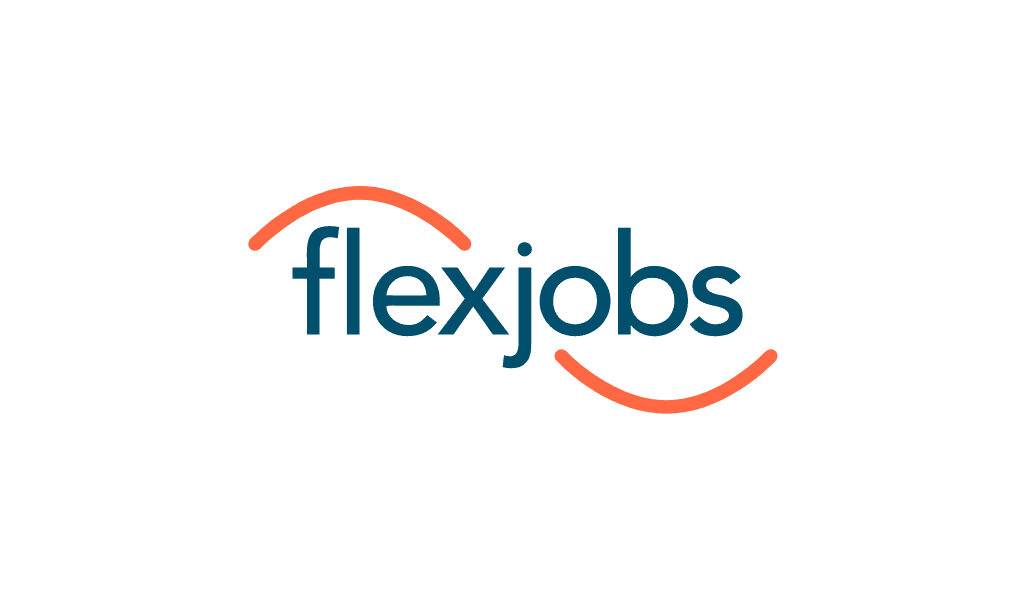AI, personalized benefits communications, and financial wellness offerings will be major players in HR strategy in the new year.
By Maggie Mancini
2023 has been filled with rapid technological innovation. As organizations embrace artificial intelligence to streamline recruitment, retention, and engagement efforts, HR leaders are simultaneously working to build trust among employees who are concerned about job displacement and searching for ways to prepare the workforce for the inevitable changes AI will bring.
At the same time, employee wellness in all forms has taken on a new meaning, with employers striving to improve the employee experience and connect workers to their organization’s overall mission.
Research indicates that employers will remain focused on AI and employee engagement in 2024. A recent IBM study finds that 40% of the workforce will need to reskill in response to the implementation of generative AI, while findings from John Hancock reveal that greater employee engagement can help fuel financial wellness and deepen relationships between employees and their employer.
Petrina Thompson, head of HR at Brightside, shares how she anticipates how these trends will reshape HR strategy in the new year.
Taking Advantage of the AI Revolution
Organizations are likely to establish a more dedicated AI pillar and utilize strategies they may not have tried before in 2024, Thompson says. HR leaders will need to establish a deeper knowledge and understanding of AI. As employers begin to see things through an AI-focused lens, there may be an uptick of job listings searching for people with AI prowess in the new year.
“It’s all about striking the right balance between leveraging AI while providing adequate human input and oversight and bringing employees up to speed on the technology,” Thompson says. “Through transparent communication, continuous learning, and upskilling programs, employers can educate their employees on how these new AI tools work within their organizations to give them the confidence and skills to both use the technology properly and not feel their jobs and roles are at risk.”
Thompson adds that it’s crucial to listen to employee feedback on how these new technologies are working for them and make sure they feel involved throughout any deployments. Having a clear AI strategy in place that the entire company is aligned to can help ensure a worry-free adoption of AI technology.
As companies consider how to leverage AI technology for their business goals, some have leaned into automating administrative tasks, giving employees more time to focus on high-touch tasks. Companies may want to automate customer relationship management (CRM) platforms to create a three-way dialogue between clients, employees, and AI. Thompson says that this could mean the end of CRMs as companies currently know them.
“As AI continues to evolve, less powerful technologies that are not integrated with AI technology will become less relevant simply because of their lack of capabilities in comparison,” says Thompson. “It’s the continued introduction of AI that will change customer relationship management over time, as the technology can sit within CRMs or potentially play alongside a relationship or service experience.”
Personalization and Financial Wellness
With employee engagement at the forefront of HR strategy going into 2024, employers will likely continue to personalize their benefits approach to cater to individual elements of the employee life cycle, like going out on leave or getting a promotion, Thompson says.
For example, centralizing benefits information into common places, like portals, with built-in intelligence provides employees with a single source of truth that serves relevant information tailored to the individual. This experience is based on what is known about the employee, including their data and click-through patterns.
Thompson says that it’s also important to leverage data and AI to help send messages to employees at the right time. A new hire would need their onboarding materials and benefits information when they’re brought on, while existing employees might need benefits reminders quarterly.
“Partnering with benefits providers that serve the specific needs of one’s employees is another option,” Thompson says. “For example, say a company is seeing a spike in payroll advances and a trend of people leaving for a new job that pays 10 cents more per hour. This tells the employer that the immediate needs of their employees are related to their finances and therefore they should partner with a benefits provider that puts a greater emphasis on financial care.”
While helping employees save and plan for retirement has been a historical function of HR, addressing the immediate financial needs of workers is often overlooked despite its role in a person’s overall health, Thompson says. Poor financial health is one of the root causes of stress, which accounts for between 75% and 90% of all doctor’s visits.
Implementing financial care solutions to help employees address those immediate financial needs is a viable way for employers to reduce doctor visits and keep workers holistically healthy, ultimately benefiting a company’s bottom line. Programs that enable bite-sized, personalized information to be delivered reactively at the point of need is the key to meaningful success, Thompson says. Having a robust financial care program is especially important given that the costs for employer-covered healthcare are expected to jump 6.5% next year.
“It’s crucial that HR leaders ensure employees are continuously educated on the benefits provided to them,” Thompson says. “This includes tailored retirement planning guidance, employee assistance programs, and assisting those employees in connecting with the right programs or individuals to receive the help they need.”














